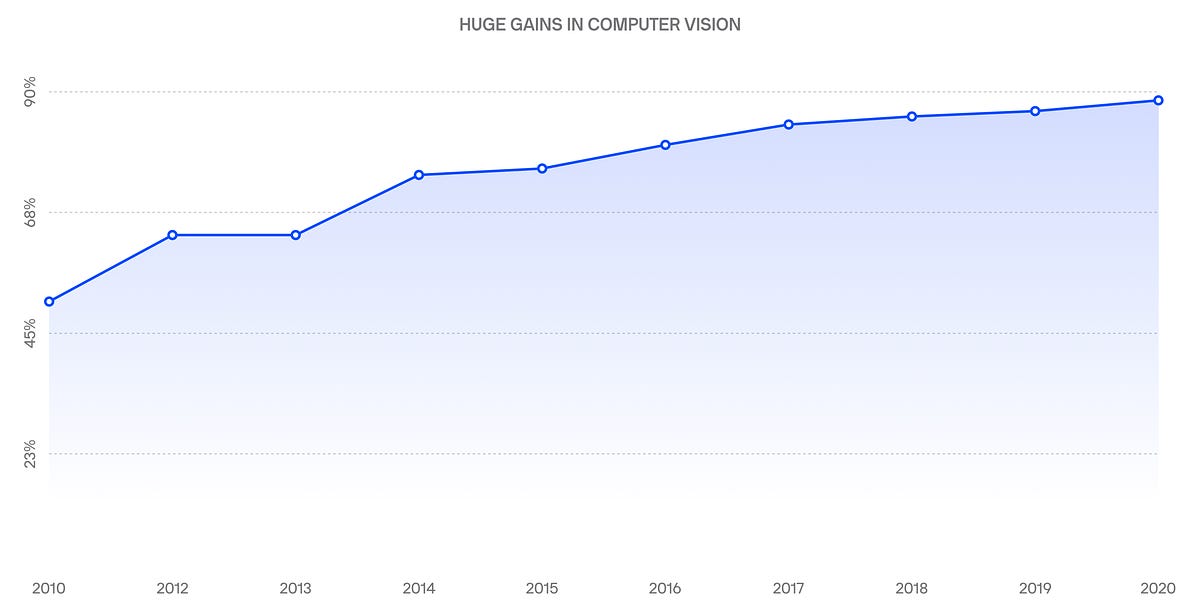No i read it. Its pretty straight forward that you have not looked elsewhere other than Tesla.No. Read again where you misunderstood the point.
List out all the self driving company and find me one that believe perception is harder than prediction and planning and that driving policy isn't multiple orders of magnitude harder. Perception for SDC is largely solved, you hear that sentiment from alot of SDC companies, the open problem are in prediction and planning (even harder)
Here oliver (ceo of voyage, now works at cruise) explains it

The Next Leap in Self-Driving: Prediction
Why prediction has overtaken perception as the biggest challenge in the field
Here's Huawei Head of AD Research who is putting it bluntly: “What a lot of people don’t realize… is that planning and control has a greater impact on MPI than perception.”
MPI = Miles per intervention.
You hear the same quote if you watched any tech talk from Waymo, Mobileye, etc
This is simply not true. As all SDC company disagree with this. As all SDC company consider this an open problem. Infact most SDC companies largely do the same thing when it comes to perception. But you won't find a single SDC company doing the same thing when it comes to planning (driving policy). Its all vastly different. Also the song and dance of how much ML to use in Driving Policy and how much heuristics to use is constantly changing as things are constantly being redesigned. For you to call this nil, shows that you haven't peeked outside your Tesla bubble.The architecural challenges of implementing driving policy are essentially nil.
You need to venture outside your Tesla bubble.Once you know what you want the car to do for an edge case in driving policy, the implementation is trivial.
Thus there is no limitation other than time it takes to learn from real-world edge case to define the requirements and logic-out the heuristic decisions.



